Any change that sees you paying attention to what you eat after a period (or a lifetime) of eating ‘anyhowly’ will probably yield results. Any regulation is better than none. I’ve seen people adopt a terrible eating fad and lose weight, not because what they’re doing is great, but because what they were doing previously was terrible. In this series, I am writing about the popular dieting fads with a very specific Nigerian focus.
Part 3: Keto Diet.
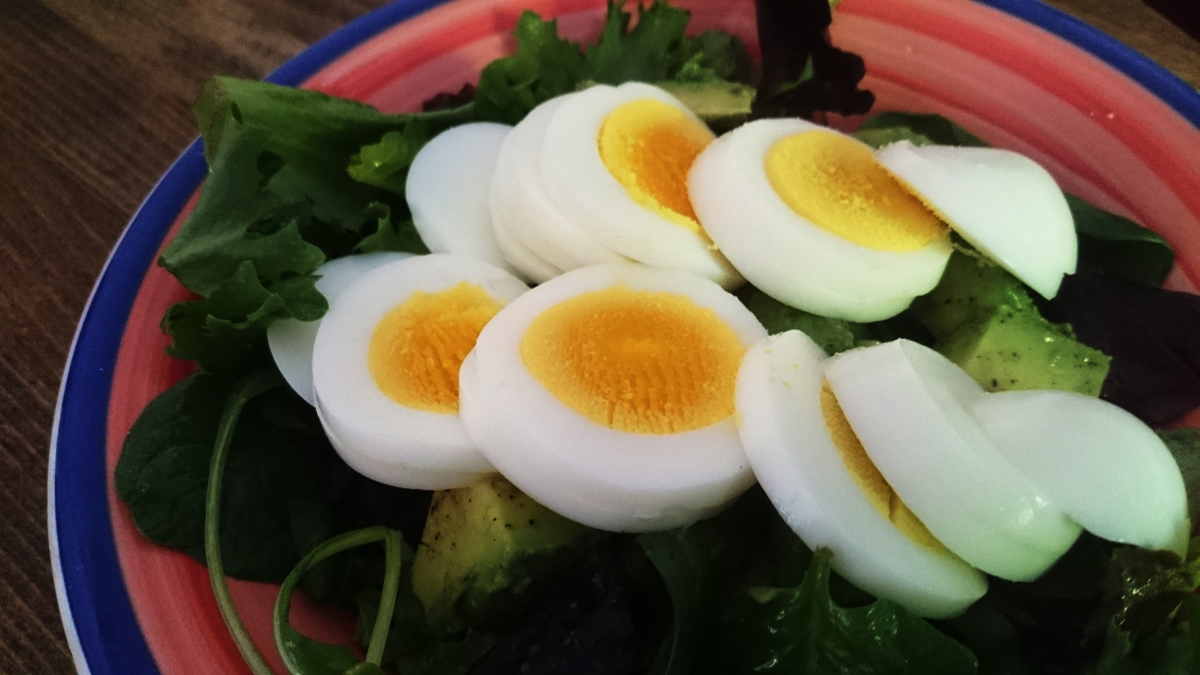
Eggs, avocado and green leafy vegetables are key keto foods
The Keto or ketogenic diet, so named because it is designed to put the body into a state of ketosis is a low-carbohydrate diet. There are two main approaches to achieving this; counting carbs and avoiding carbs. Keto dieters aim to limit their carbohydrate intake to a maximum of 20-50g per day. Carb-counters will eat low-carb foods and keep track of their intake to ensure they stay under their limit while carb-avoiders will just eat very low-carb or zero-carb foods. and not pay too much attention to the quantitites.
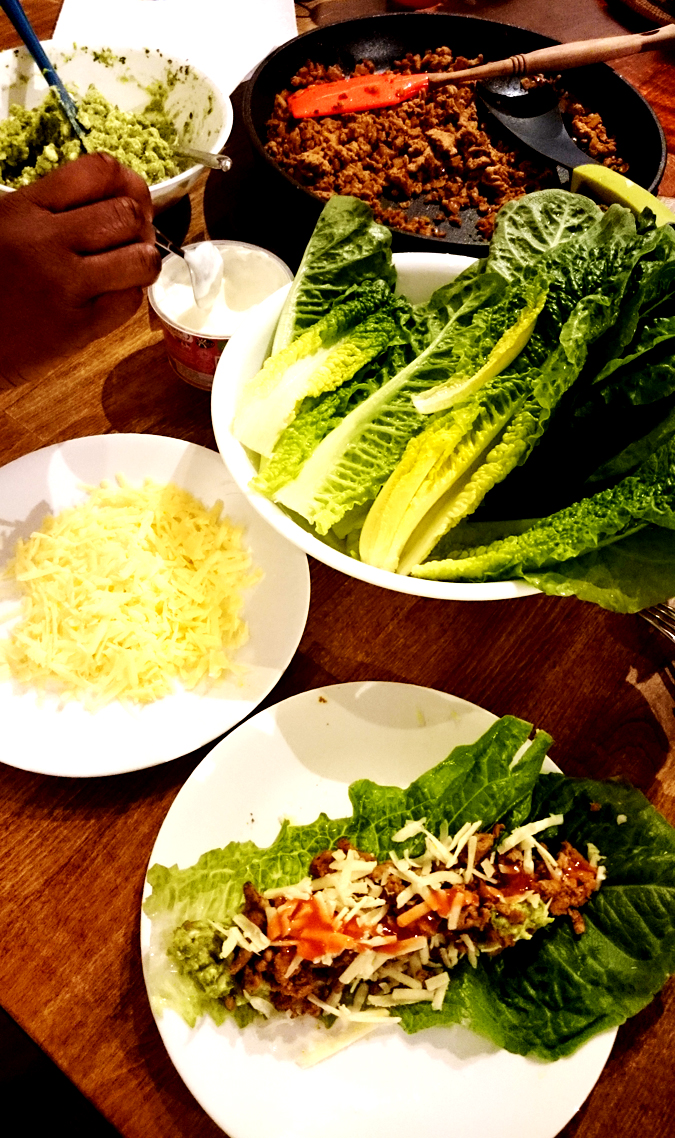
Keto meal
The Keto diet is currently very popular with Nigerians, with varying degrees of success. It is a simple truth that the massive amounts of starchy foods in our traditional diets are a huge contributor to present-day Nigerian obesity and any diet that eliminates rice and swallow from a Nigerian’s diet is likely to lead to weight loss, at least in the short term. A representative Keto diet plan has you taking on 5% of calories from carbs, 20% from protein and 75% from fat. If you stay calorie deficient (eat less than you need to function) your body will access the energy stored in your body-fat and you will lose weight. Fuelling yourself with fat instead of carbohydrates will get rid of the hunger pangs and prevent ‘crashes’ as the switch from burning dietary fat to burning body-fat is a seamless one. Done correctly, a Keto diet can lead to weight loss.
There are some issues with the Keto diet. Firstly, it is common for people switching from a high-carb diet to a low-carb one to lose retained water and become dehydrated. This is easily rectified by increasing water intake, or better yet, drinking an electrolyte oral rehydration formula (without sugar though). There is a syndrome called ‘Keto Flu’ which is simply a sick or unpleasant feeling as your body adjusts to the changes you are making. Staying hydrated helps and it should pass quickly. There is also a risk of bad choices when increasing fat intake. Not all fats are healthy, skewing the balance of Omega 3 vs Omega 6 fats in favour of Omega 6 is known to increase the risk of inflammatory diseases. Unfortunately, there are a also number of common errors that occur widely across the Nigerian Keto community.
Common errors
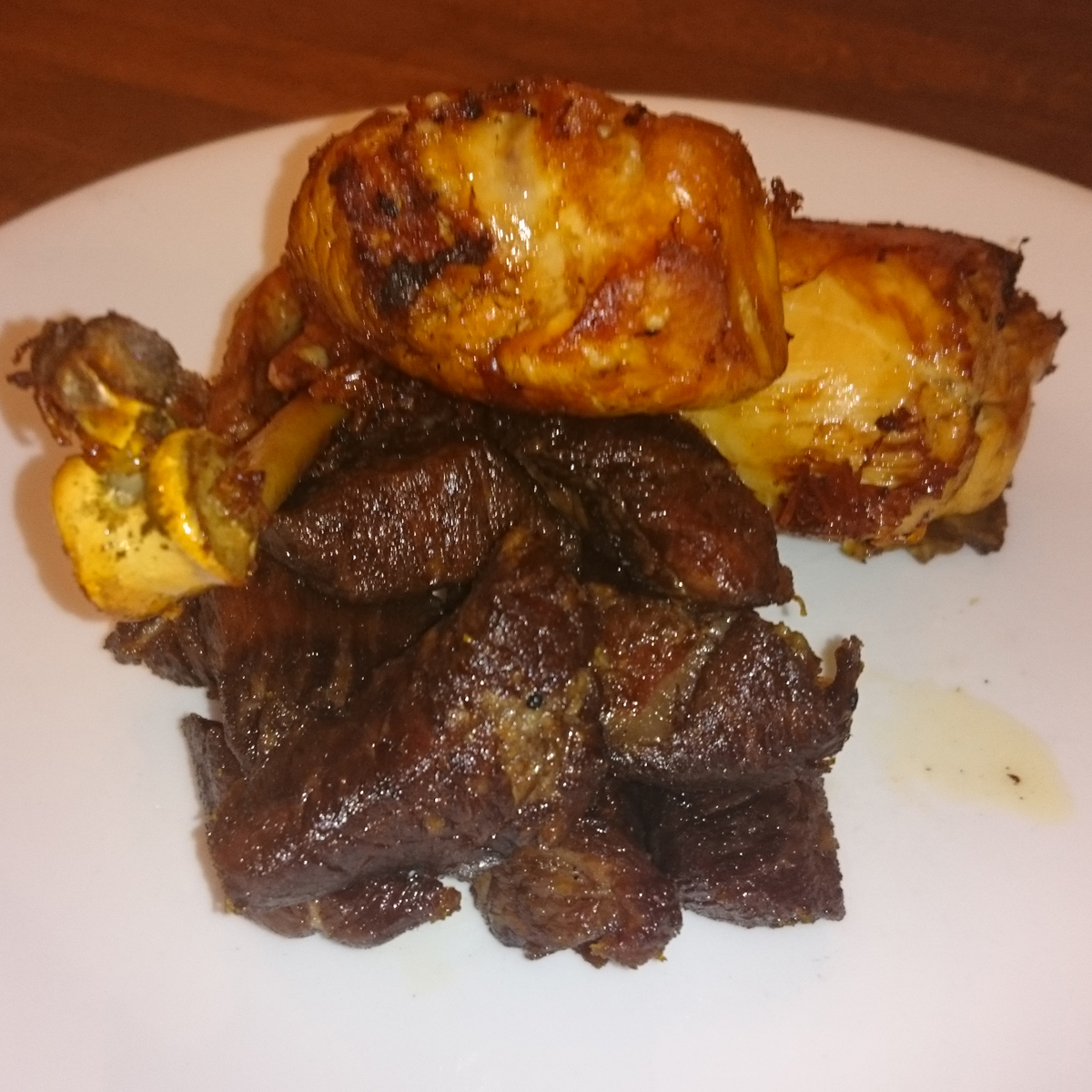
Too much protein is not Keto-friendly
1.) Excessive protein; protein is very crucial in a diet as it is broken down into the essential building blocks that our bodies use for growth and repair, but too much is a problem. In the absence of carbs and fat for energy, the body can also break protein down by a process called gluconeogenesis into blood sugar which can take a person out of their keto state. This is the single most common cause of ‘failing at Keto’. I have seen this particular one repeated so often that it is almost par for the course. A Keto diet is not an ‘eat as much meat as you can’ diet.
2.) Converting low-carb foods to high-carb foods; Our love for ‘swallow’ has led to a lot of innovation in the arena of ‘Keto-friendly’ substitutes but these are not always as good as they seem. Take for example, a vegetable like cabbage. Cabbage is a great, healthy addition to any diet and it would be hard to eat a quantity that could take one out of a Keto state. This is largely because fresh cabbage, is about 93% water, with only about half of what’s left being sugars. If, however, you greatly reduce the water content (to make cabbage swallow, for example) cabbage becomes less Keto-friendly. In fact, dried cabbage, in flakes or powder is about 40% sugars. Mixing ‘swallow’ from dehydrated vegetables is an easy way to fall off the Keto wagon.
3.) Not eating enough fat; the idea that a low-fat diet is somehow good for you has been thoroughly debunked in the scientific community all over the world. The entire Keto movement is based on this, yet many Nigerians can’t accept this simple fact. You will see people who claim to be on a Keto diet cooking ‘Oil-free soup’. Even people selling ‘Keto’ noodles (made from konjac) and advertising that they are ‘fat-free’. Don’t get me wrong, konjac is indeed fat-free, but this should not be a desirable trait for a person on a Keto diet. If you are on a Keto diet, you need to ensure that you are eating enough healthy fat to compensate for giving up carbs and supply you with energy.
Benefits
There are many reported benefits of a Keto diet, these include; weight-loss, mental acuity, absence of hunger while losing weight, sense of well-being and others. Done correctly, it can yield tangible results.
Please remember, this is an analysis; not a recommendation to either adopt or reject a Keto diet.
Wetin you dey chop?
Major Abs’ Takeaway
 If you are considering adopting a Keto diet for weight-loss, make sure you have a good understanding of what it entails and do it properly.
If you are considering adopting a Keto diet for weight-loss, make sure you have a good understanding of what it entails and do it properly.
If you have any underlying health risks or issues like heart disease, high blood pressure or diabetes, you should consult with your doctor and ideally get a dietitian or nutritionist to help get you started.
Remember that excessive proteins are not Keto-friendly. You should be aiming to get about 20% of your calorie count from protein sources. As an example, if you are eating 1500 calories a day (Tall female, moderately active, trying to lose weight sustainably) you should only be eating 300 calories from protein sources. This is not a lot of protein. One large chicken drumstick, two eggs and 25g of groundnuts (peanuts) in a single day will take you to this limit.
It takes a concerted effort to eat enough fat to make up 75% of your calorific intake. Always choose fattier cuts of meat and eat fatty fish. Cook with generous amounts of butter, olive oil (not high heat), palm oil and coconut oil. Eat avocados, egg yolks, olives and nuts. Bulletproof coffee is a great way to boost fat intake.
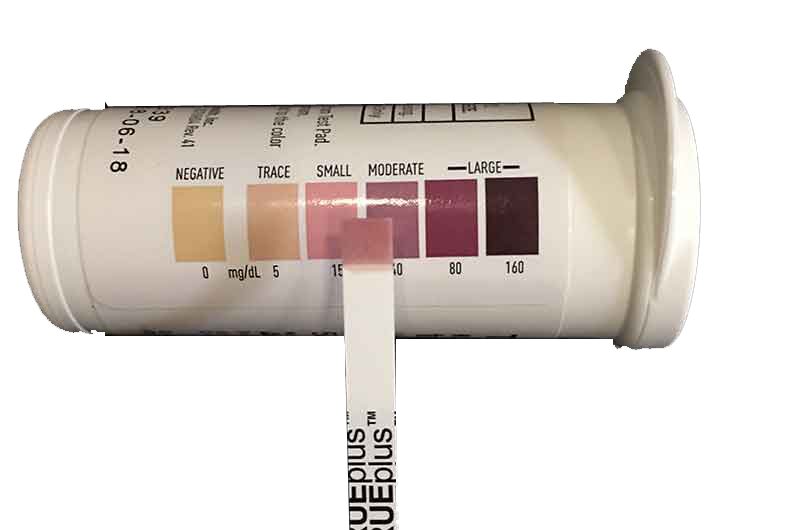 The best way to ensure that you are in a state of ketosis is to test yourself. There are easy to use, home test kits for testing your urine. If you keep a food-diary and test yourself, it will eliminate the guesswork, at least until you have settled in to the diet.
The best way to ensure that you are in a state of ketosis is to test yourself. There are easy to use, home test kits for testing your urine. If you keep a food-diary and test yourself, it will eliminate the guesswork, at least until you have settled in to the diet.
Finally, choose your carbs for their micronutrients; low-calorie. Surface-growing green vegetables are your go-to here. You want maximum vitamins and minerals with good fibre and minimal calories. Eat green leaves, raw or cooked, broccoli, cauliflower, and okro to your heart’s content.
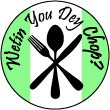
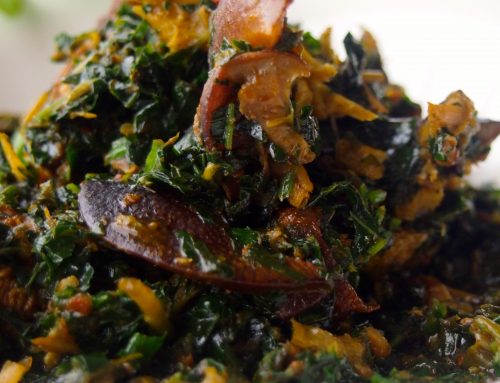


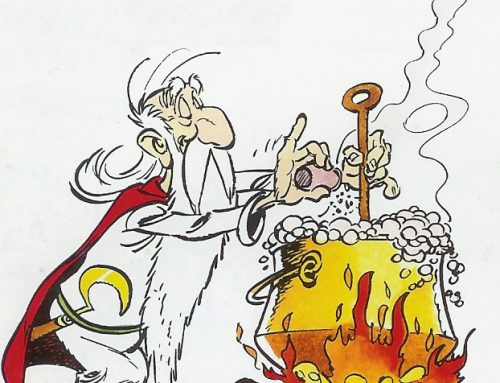
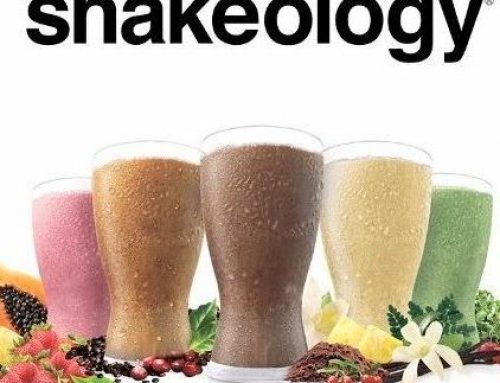
Leave a Reply